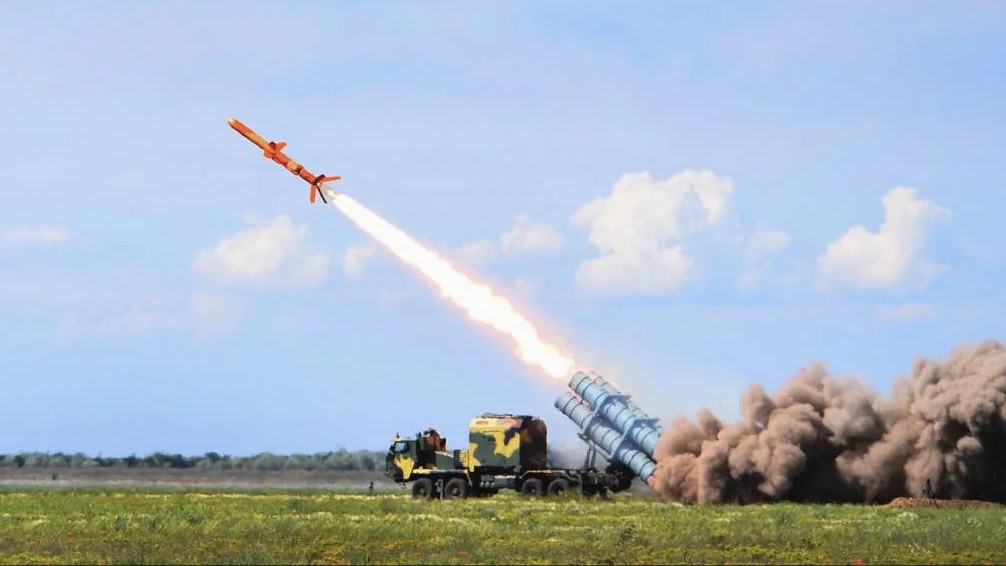Latvia’s NEWT21 Unveils the High-Speed, Multipurpose Fog USV at Euronaval 2024: Key Capabilities and Advantages

At the recent Euronaval 2024 exhibition in Paris, Latvia's NEWT21 took center stage with the unveiling of its latest innovation in unmanned surface vessel (USV) technology: the Fog. A derivative of NEWT21's earlier Rey USV, the Fog is a compact, high-speed vessel designed specifically for export markets. This versatile platform highlights the increasing global demand for multipurpose unmanned systems across naval forces, enabling a wide range of operational capabilities from surveillance to combat and rescue.
Lightweight and Efficient Design
The Fog USV is built with a modular hull structure crafted from carbon fiber reinforced with aramid fiber, making it both lightweight and highly durable. Weighing just 135 kg, it maintains a sleek design with a 4.4-meter length and a 1.5-meter beam. This construction enables it to carry a payload of up to 200 kg, allowing the vessel to support various equipment or small cargo essential for multipurpose operations.
Power and Performance
At the heart of the Fog’s high-speed capability is a 90 hp waterjet engine mounted at the aft section of the hull. This powerplant enables the USV to reach cruising speeds of 50 km/h and a maximum speed of 78 km/h. With a fuel capacity of 30 liters and an efficient fuel consumption rate of 11 liters per hour, the Fog can sustain over 2.5 hours of operation on a full tank, allowing extended missions in coastal and near-shore environments.
Advanced Sensing and Navigation Systems
The bow section of the Fog USV hosts an advanced optronic system that includes both day and night vision capabilities, with a thermal camera and a TV camera for enhanced situational awareness. It’s also equipped with GNSS (Global Navigation Satellite System) technology, enabling precise positioning. Housed within the hull is a GNSS receiver and communication equipment, with the option to mount a StarLink satellite antenna, enhancing connectivity and enabling remote control from various command locations — whether a mothership, an airborne platform, or a coastal command center.
One of the standout features of the Fog’s navigation setup is its ability to counter electronic warfare (EW) measures, a crucial capability in contested environments. The USV’s data link allows it to be operated remotely across long distances, maintaining situational awareness and command responsiveness even in adverse conditions.
Versatile Mission Capabilities
The Fog’s multi-mission design makes it suitable for a variety of operations, including:
- Area patrol and reconnaissance: Equipped with optronic systems for day and night surveillance, it is ideal for coastal security and intelligence-gathering missions.
- Search and rescue: The Fog’s speed and compact size make it suitable for quick deployment in rescue scenarios, delivering essential supplies or locating survivors.
- Combat support: The vessel can carry payloads and weapon systems for direct and indirect fire support, such as mounting two Hydra 70 rocket systems or similar, enabling fire support from remote locations.
- Remote mining: Capable of deploying moored mines in coastal zones, the Fog can act as a deterrent to adversary naval movements.
- Cargo delivery and personnel evacuation: With sufficient space and payload capacity, the Fog can evacuate up to four personnel or deliver supplies, adding to its versatility in challenging environments.
Evolving from the Rey: A New Standard for Export Markets
The Fog USV leverages lessons learned from the earlier Rey model, which was designed as a low-profile, electrically powered vessel. The Rey, used by the Ukrainian Armed Forces in the Black Sea, has proven effective in reconnaissance and low-detectability missions. Powered by two 3 kW electric motors, the Rey offers a quieter, slower option, with a maximum speed of 16 km/h and a cruising speed of 6 km/h, and an endurance of up to 24 hours at cruising speed. Its low acoustic and thermal signatures make it ideal for covert operations, while its payload capacity of 500 kg is substantial enough to support various mission-specific equipment.
Enhanced Situational Awareness with StarLink Integration
Both the Fog and Rey models can be equipped with StarLink antennas, providing secure satellite communication for long-distance control and data transmission. This satellite network enables operators to control the vessel from hundreds of kilometers away, receiving real-time coordinates, route updates, and other mission-critical information. With the high bandwidth of StarLink, the USVs also support modern optronic systems, providing the operator with clear, high-resolution video feeds even in low-visibility conditions. This high data throughput ensures robust situational awareness, essential for both monitoring and responsive action in dynamic environments.
Conclusion: Forging Ahead with Multipurpose USVs
The Fog USV represents a significant step forward in Latvia’s naval capabilities and in NEWT21’s product line, catering to the evolving needs of modern navies seeking compact, adaptable, and high-speed unmanned solutions. Its high-speed capabilities, modular design, and extensive mission adaptability make it a versatile choice for international buyers, positioning it as a valuable asset for military and security forces. As unmanned systems become central to naval strategy, platforms like the Fog are set to play an essential role in transforming maritime operations worldwide.


